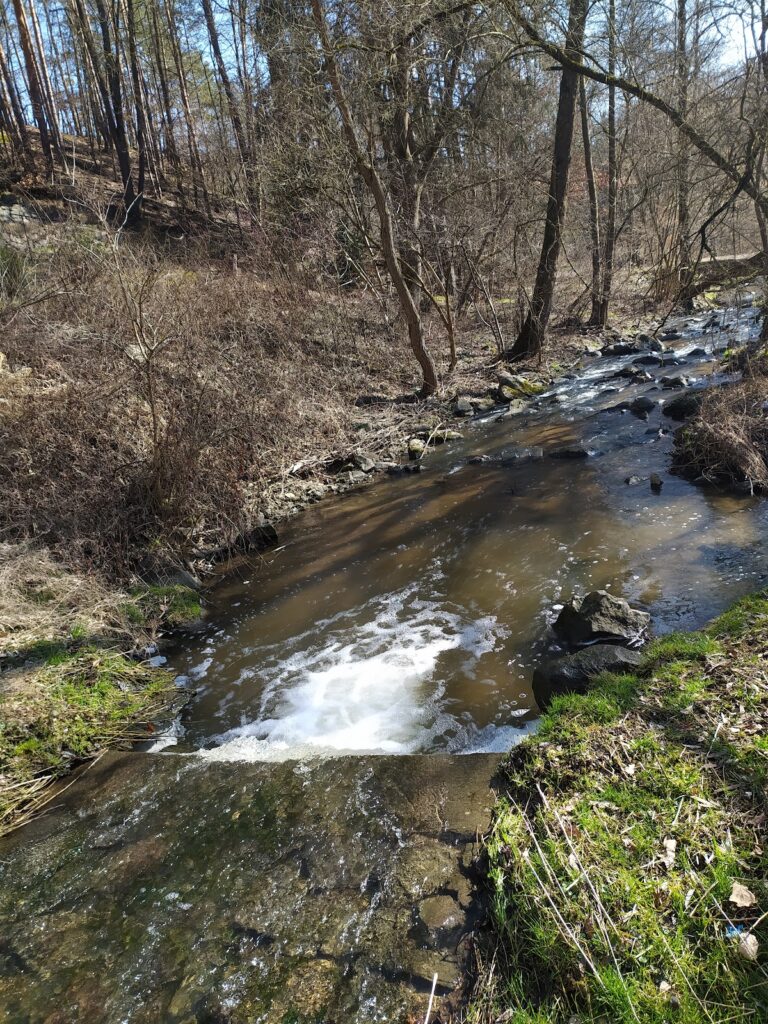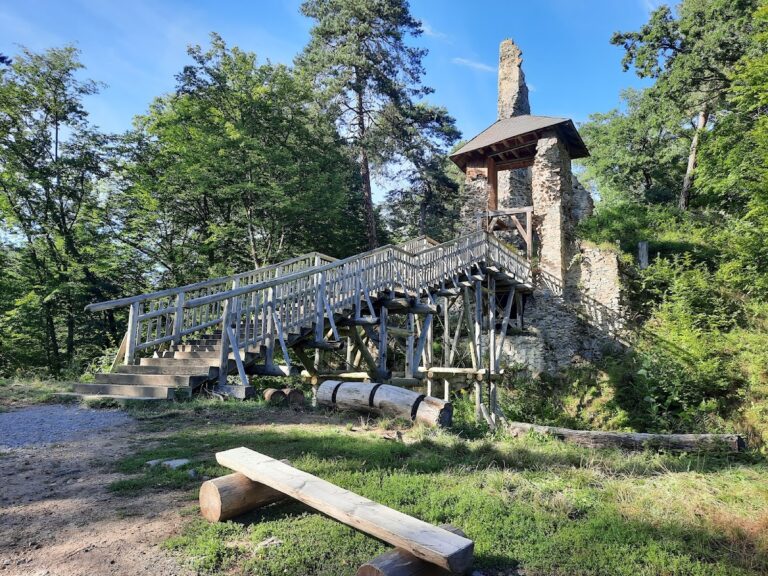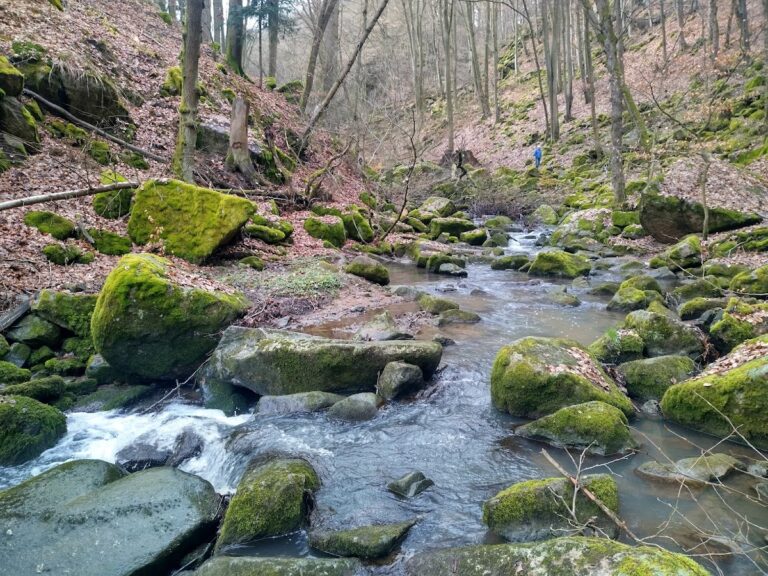Ježov Castle: A Medieval Fortress in Czechia
Visitor Information
Google Rating: 4.1
Popularity: Very Low
Country: Czechia
Civilization: Unclassified
Site type: Military
Remains: Castle
History
Ježov Castle is a medieval fortress situated near the village of Mirošovice in the municipality of Senohraby, Czechia. Its origins are connected to the Bohemian nobility of the late Middle Ages.
The earliest written mention of Ježov Castle dates to 1377, at which time the fortress formed part of the Zlenice estate. This estate was held under the Bohemian crown and was granted by King Charles IV to the nobleman Ondřej of Dubá. Towards the end of the 14th century, Ježov briefly returned to direct royal ownership on two occasions before its acquisition in 1399 by Bušek of Petrovic, indicating a period of shifting control among local nobles.
In 1463, the castle became part of the Komorní Hrádek estate when Zdeněk Kostka of Postupice purchased the entire Zlenice estate, incorporating Ježov into his holdings. Historical records suggest that around 1465, during regional conflicts, the nearby Zlenice Castle was conquered and destroyed. Ježov likely experienced similar hostilities and damage during this turbulent time, leading to its decline.
Later documents from 1525 and 1554 describe Ježov Castle as abandoned, reflecting the fortress’ loss of strategic or residential importance by the early 16th century. Since then, the castle has remained in ruins, with its history preserved in local records and archaeological remnants. Today, the site is officially protected as a cultural monument, maintaining its link to the medieval heritage of the region.
Remains
Ježov Castle occupied a naturally defensible promontory above the junction of two watercourses, with its layout designed to take advantage of the terrain. The fortress was originally encircled by a large earthwork rampart accompanied by a surrounding ditch, serving as primary defense mechanisms against attackers. Only a short stretch of this rampart continues to exist on the eastern side of the site, offering a glimpse into the castle’s outer fortifications.
Beyond the rampart lay an outer bailey, a courtyard area enclosed within protective walls, where support buildings and activities likely took place. The original earthworks and defenses in this outer area were altered in later periods when a guardhouse was erected. This structure occupies the area where a second defensive ditch once ran around the central core of the castle, indicating modifications to the fortification system during or after its primary use.
On the southeast side of the castle grounds, fragments of masonry remain visible, formed from the stone walls lining the outer edges of the defensive ditch. These stone remnants help to illustrate the castle’s construction techniques and its efforts to fortify vulnerable approaches with durable materials.
Archaeological findings such as pieces of roofing slate reflect that some buildings within Ježov were covered with slate tiles, a detail that suggests a relatively high standard of construction and maintenance compared to simpler wooden or thatched roofs. These roofing fragments highlight the castle’s status and the resources invested in its upkeep during its period of occupation.
Later changes to the landscape, including the building of a railway embankment and the nearby station at Senohraby, have significantly altered portions of the castle’s northern grounds. Despite these disruptions, the remaining ruins preserve key elements of Ježov’s defensive layout. The site, accessible to the public, offers a tangible connection to the medieval fortress’s structural footprint and historical presence in the region.







